The article “How do cells in our body divide?” discusses cell division in animals. There are two types of nuclear division in animals- mitosis and meiosis. In mitotic division, chromosomes no. remain the same while in the meiotic division, chromosomes no. become half.
Two major types of cells are found in man. These are Reproductive or germ cells and body or somatic cells. The reproductive cell may further be divided into male sex cells (sperm) and female sex cells (egg). Fusion of sperm and egg results in a Zygote. Body cell is divided into various specialized type like muscle cells, nerve cells etc.
The human egg or ova is a spherical cell. It is the largest cell of the human body. The egg contains a large amount of nutrient substance commonly known as the Yolk cell. Human sperm in its immature stage resembles a typical cell consisting of a nucleus and a mass of cytoplasm but mature human sperm is long, thread-like with an enlarged head formed by the nucleus.
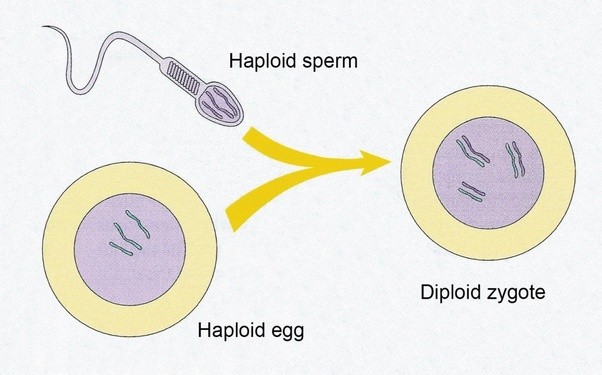
Fertilization is a union of a sperm cell (Haploid- n no. of chromosomes i.e. 23) and an ovum (Haploid- n no. of chromosomes i.e. 23). After the egg and sperm have fused, the head and middle piece of the sperm sink into the egg while the tail is left outside. The head assumes the appearance of the normal nucleus by absorbing fluid from the cytoplasm of the ovum. The two nuclei then approach one another and finally fuse. Nuclear fusion completes the process of fertilization. The fertilized egg is known as a zygote (Diploid- 2n no. of chromosomes i.e. 46).
The zygote then begins to divide and the process of cell division starts to form Embryo.
Cell Division
The “Theory of Cell Lineage” is given by R. Virchow which states that cells come from the pre-existing cell through a process of cell division. The daughter cells are identical copies of the parent cell. The cycle of cell growth and cell division is known as the cell cycle.
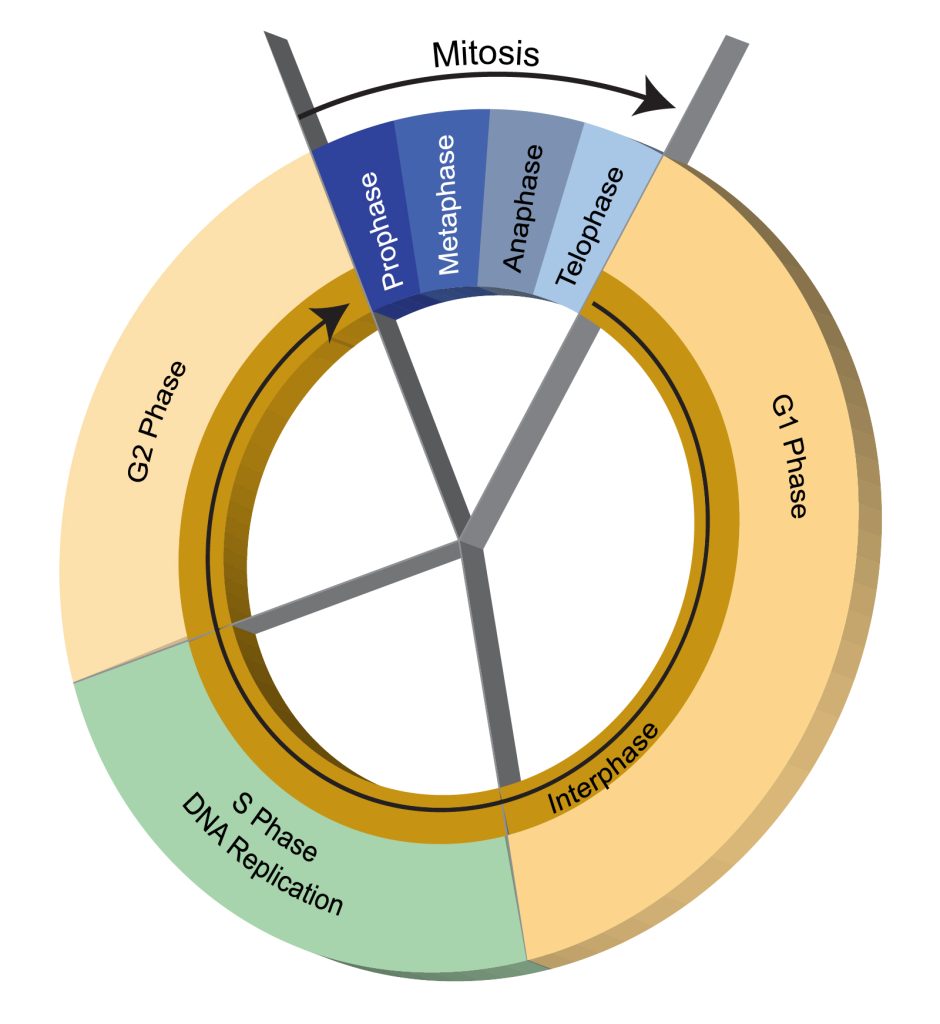
The cell cycle is divided into 4 phases – G1, S, G2 and M.
G1 phase or first growth phase – During this, the growth of the cell occurs. It starts with the birth of a cell. It is of the longest duration i.e. 8 hours.
S or Synthetic phase – During this phase, the synthesis of DNA occurs. This lasts for about 6 hours.
G2 or second growth phase – During this, cells duplicate materials except for DNA. It takes around 4-5 hours.
M phase or mitotic phase – Finally the cell division starts.
G1, S, and G2 phases take 60 min. duration. Earlier, these stages were known as Interphase.
In Somatic cells, there are two main types of division-
- Amitosis or direct cell division
- Mitosis or mitotic or indirect cell division
Germ cells are the only cells that undergo both mitotic and meiotic divisions.
Amitosis
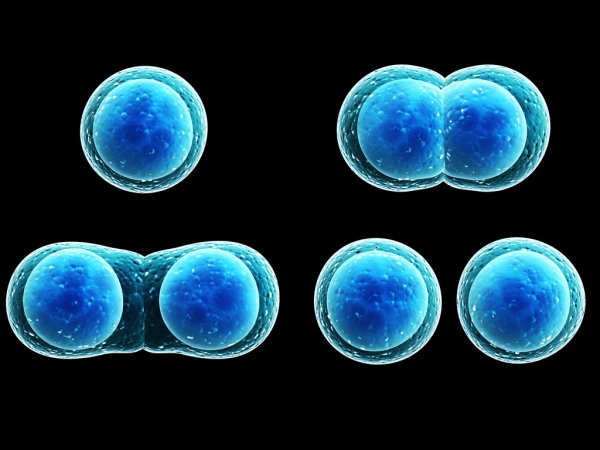
Amitosis is also called ‘karyostenosis’ or direct cell division or binary fission. Amitosis was first described by the German biologist R. Remak in 1841.
In this process, firstly nucleus elongates and constricts in the middle. This results in the formation of two daughter nuclei. Then constriction of the cytoplasm occurs and finally, two daughter cells are formed.
There is no differentiation of chromosomes and spindle formation.
Nuclear envelopes do not degenerate.
Mitosis
Mitos means thread or fibril. Mitosis term is given by Flemming (1882).
Mitosis, also known as Equational Division or Somatic cell division refers to chromosomes equally distributed both quantitatively and qualitatively from parent cells to two daughter nuclei. This division maintains chromosome no. for generations.
To read in detail go through the link provided- Mitosis
Meiosis
The meiosis term was given by Farmer and Moore in 1905. Meiosis is also known as Reduction division.
Meiosis is a division where a single cell divides twice to produce four daughter cells containing half the original amount of chromosomes. These daughter cells are our sex cells – sperm in males, and eggs in females.
It includes two divisions –
Reductional division, also known as Heterotypic division is the first Meiotic division.
Equational division, also known as Homotypic division is the second Meiotic division.
For a detailed study go through the article- Meiosis
Read about Physical anthropology.
Read more:
- Lamarck’s Theory of Evolution
- Bipedalism and Structural Changes
- Natufian Culture
- Cache of ancient coins dating back 100,000 years unearthed in Japan
- James George Frazer


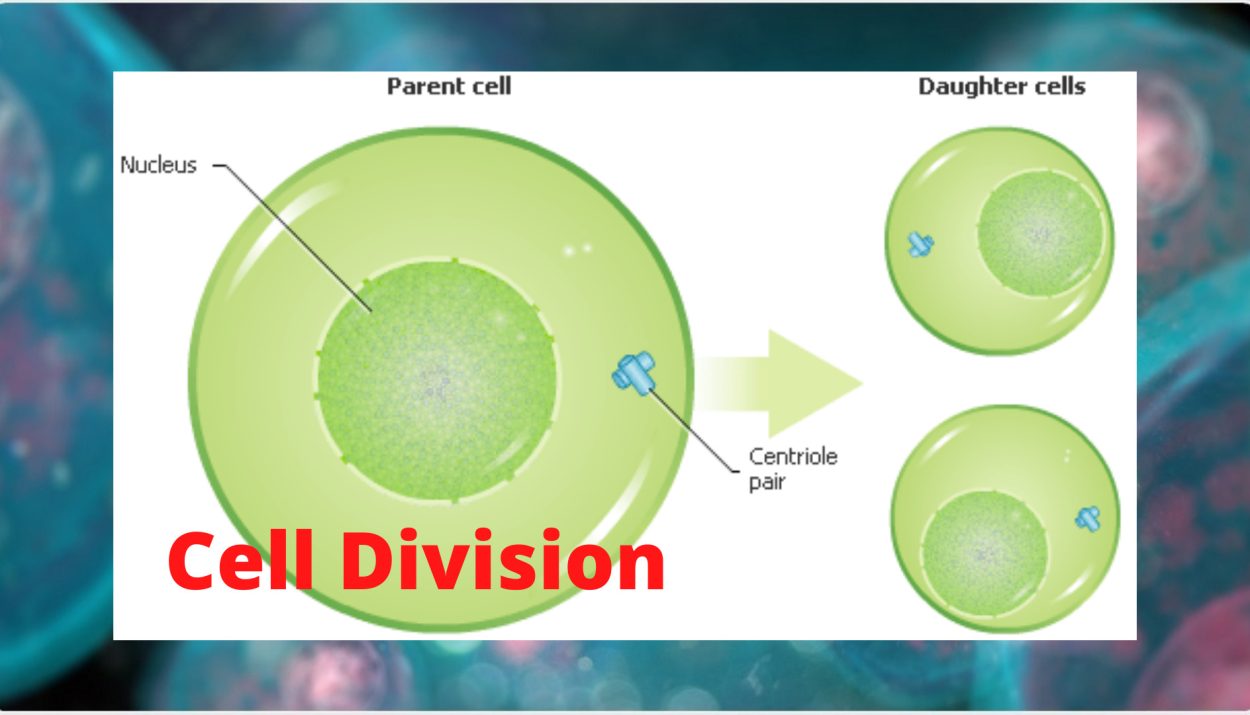


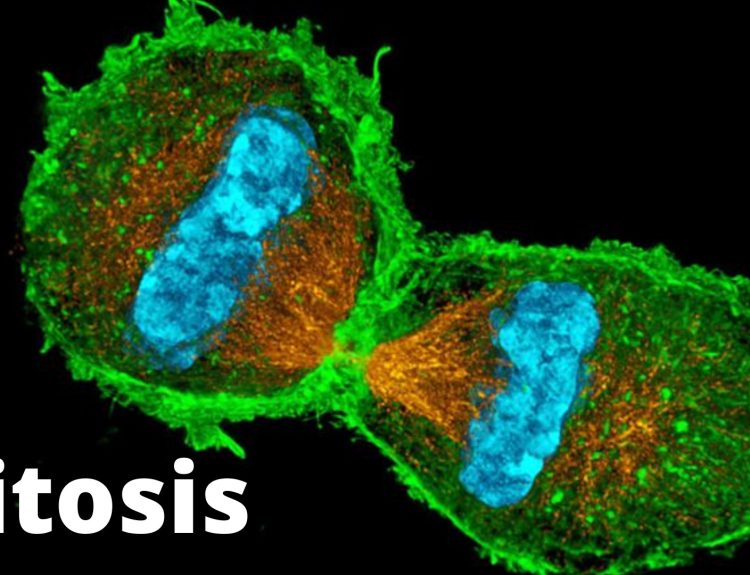
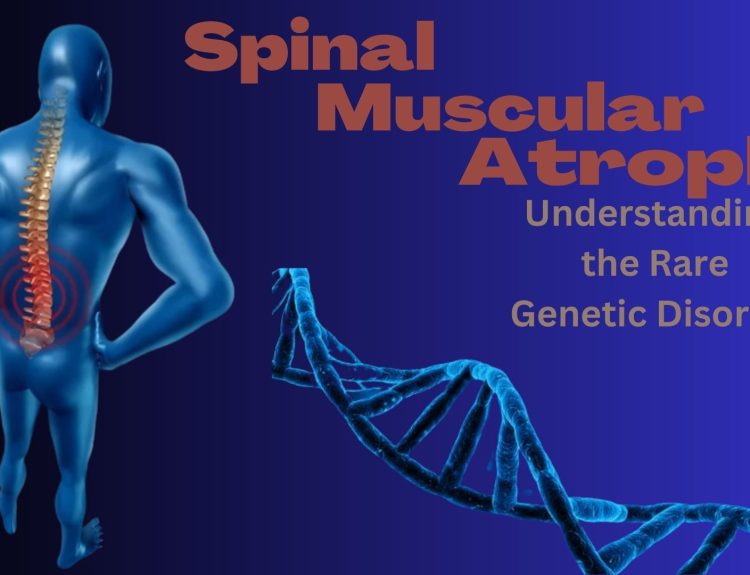
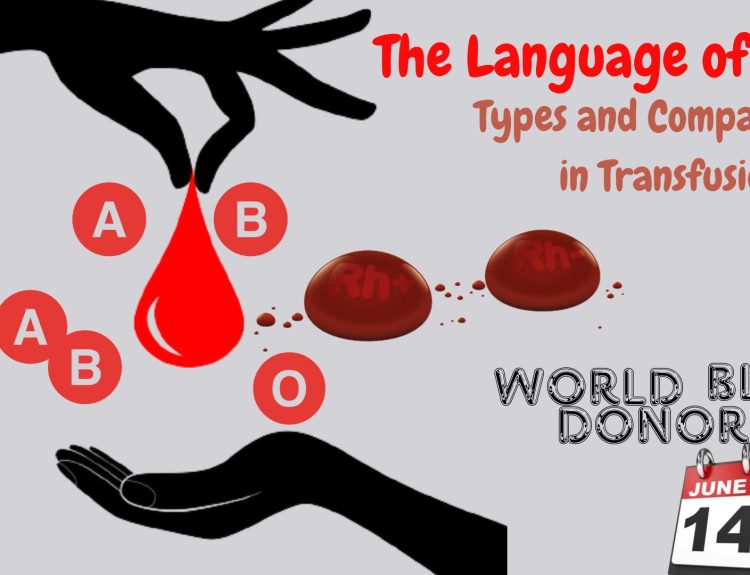
1 Comment